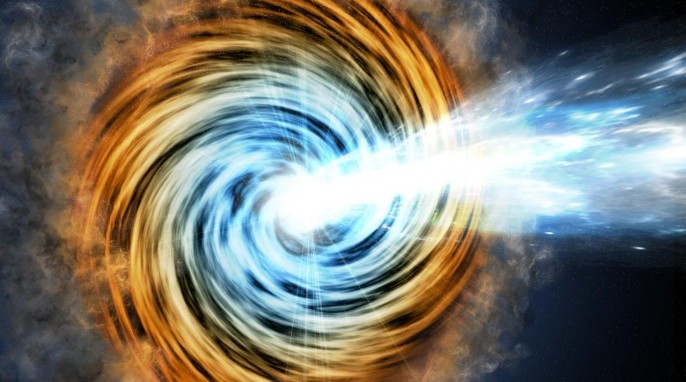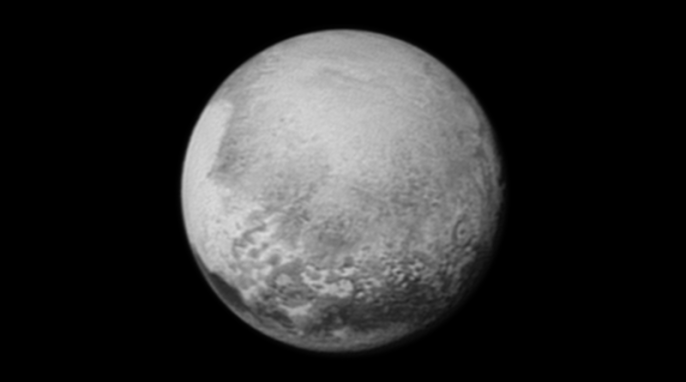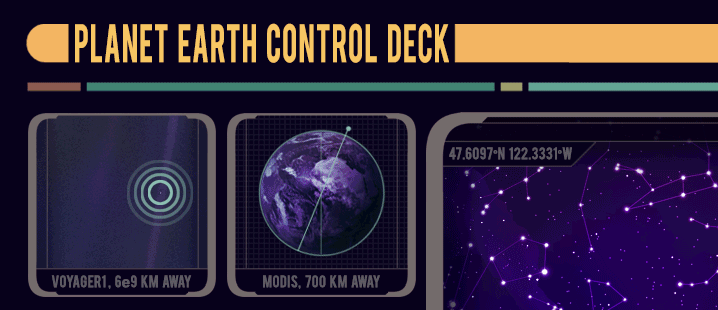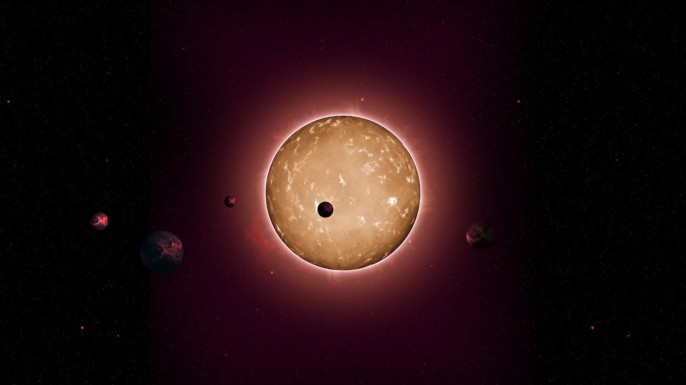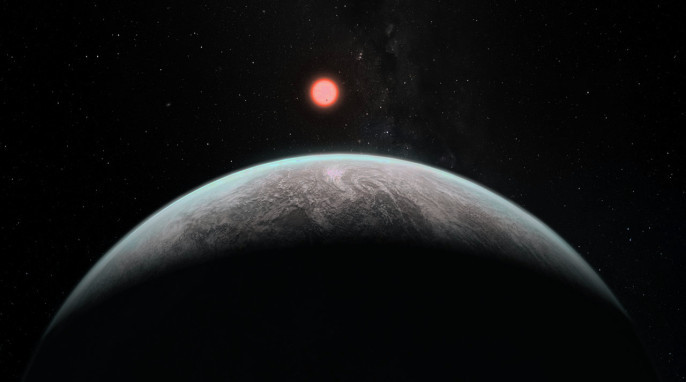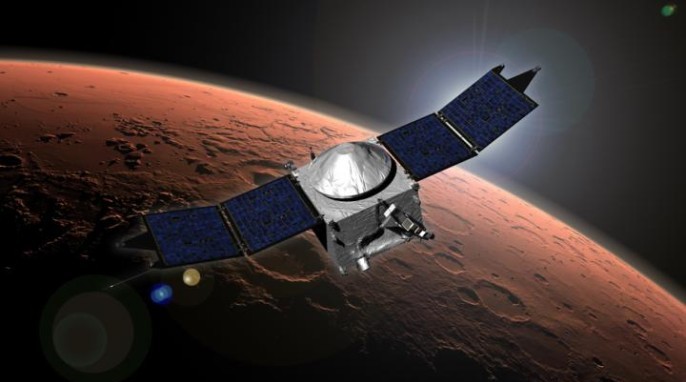Gamma Rays from a Galaxy Far, Far Away
After traveling for about half the age of the universe, a flood of powerful gamma rays from a distant galaxy slammed into Earth’s atmosphere in April 2015. The gamma rays met our atmosphere and formed a cascade of light that fell onto the waiting mirrors of the Very Energetic Radiation Imaging Telescope Array System (VERITAS) in Arizona. The resulting data have given astronomers a unique look into that faraway galaxy and the black hole engine at its heart. What Are Gamma Rays? Gamma rays are photons of light with very…
Read More
